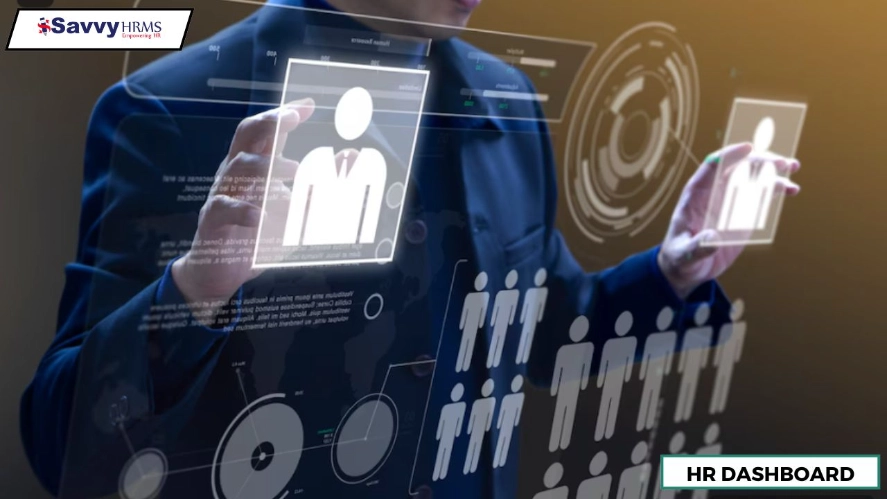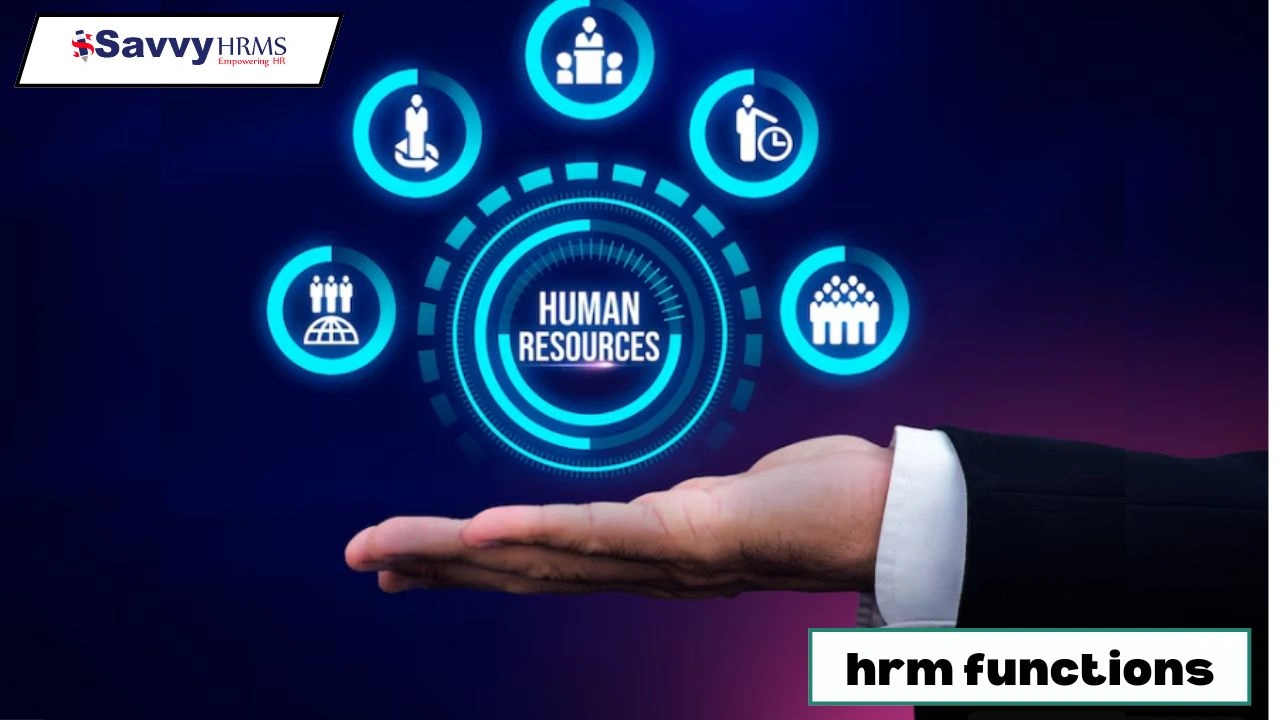HR is no more hiring and firing. It’s about strategic decision-making using data. Spreadsheets alone cannot do it. An HR Dashboard can.
Evaluate performance and make smart decisions: this is a one-stop shop for all human resource needs.
What Exactly Is an HR Dashboard?
An HR Dashboard gives you a background of important HR metrics such as employee turnover, hiring process, attendance, training progress, etc.
Dashboards collect important data from your software and present it in a beautiful way.
Charts, graphs, tables. The view: Clarity vs. Chaos.
Whether you are a CHRO, HR manager, or a team lead, this dashboard shows you just how things are faring with your people in a matter of clicks.
Why Do You Need an HR Dashboard?
Long gone are the days when one searched files for answers or juggled endless Excel spreadsheets. With an HR Dashboard, one can:
Track trending employee engagement
Monitor attrition and retention rates
Spot workforce gaps
Look at the hiring status by department
Spot coaching needs and performance problems
The end result? You don’t just react; you react with energy.
Critical Features of an Outstanding HR Dashboard
An HR Dashboard must be such that really empowers your HR Team as:
Real-time – Data should always be updated automatically.
Interactive – Drill-down or filter and detailed views help for deeper analysis.
Personalized – HR managers, recruiters, or the payroll Team would want different views.
Integrated – It should sync up with your HRMS as well as other enterprise applications.
Some dashboards already include predictive analytics. These insights are used to project hiring rates or even early on potential attrition risks.
What Can You Keep Your Eye On in an HR Dashboard?
Here are some metrics that an average HR dashboard would have:
Overview of headcount
Employee turnover
Time to hire
Cost of hire
Absenteeism
Employee satisfaction scores
Training completion rates
Open versus Closed Job Positions
All this gives such KPIs a 360-degree look at the health of human resources in your organization.
HR Dashboard in Action: An Actual Case
Let us say that your dashboard shows an upturn in a particular department regarding employee exits. Now, you can query deeper with this insight: Was there a change in leadership? Was the performance target too high?
That is, real-time visibility allows you to take corrective action before a problem becomes worse.
Benefits for Every Organisation Member
Easy for Leadership: Decision-making based on the data.
Easy for Employees: The service that they can get at a better speed from HR.
Sharing those visual dashboards during reviews or board meetings adds clarity and boosts credibility in the role of Human Resources.
Types of HR Dashboards
HR dashboards have different types. Based on this reason, these dashboards vary according to their purpose.
1. Operational HR Dashboards
These types of dashboards are very much dedicated to day-to-day HR functionality and monitoring functions such as attendance records, current open positions, their onboarding status, and payroll processing. These kinds of dashboards are very useful for an HR team that has routine operations and short-term goals.
2. Strategic HR Dashboards
These dashboards are utilized by the upper management, and interns have high-level insights like retention trends, workforce planning, or diversity ratios. These dashboards are designed to support long-term decision-making and HR strategy alignment with business goals.
3. Analytical HR Dashboards
This one goes in-depth. This dashboard uses historical data, trends, and sometimes predictive analytics to identify patterns- their root causes, like high turnover or underperformance. Suitable for data-driven organizations that would like their HR optimized at a very granular level.
How to Determine the Appropriate HR Dashboard for Your Business
When choosing or creating an HR Dashboard, consider the following:
Business Size & Structure
A startup will require a different dashboard from a multinational company.
Current HR Tech Stack
Integration with your existing HRMS, ATS, payroll system, etc.
Data Security & Privacy
As HR data is sensitive, your dashboard has to be safe and also comply with GDPR/CCPA.
User Roles
Establish access-control levels: HR, team leads, finance, or leadership, and what they should see.
Scalability
The dashboard should be adaptable in line with the growth of your business.
Also, it should flow very easily and adapt into your team’s work, and as your company evolves, it changes.
Conclusion
In the present day and age of data, no HR department can afford to hold on to primitive systems or intuition only. On the contrary, an HR Dashboard imparts clarity, consistency, and confidence in making important human resource decisions; be it turnover tracking, training needs assessment, or aligning HR strategies with corporate goals, the dashboard functions as your single source of truth.
FAQs
1. Is an HR Dashboard synonymous with HRMS?
Absolutely not. HRMS is a comprehensive software suite managing HR operations, while the dashboard is just a visual layer expressing insights derived from your data.
2. Can we build an HR Dashboard using Excel?
Yes, but this would be more tedious and require a lot of manual intervention on your part. Modern HR software tools have built-in dashboards that auto-update themselves at given intervals and are far easier to manage.
3. Who would use the HR Dashboard?
It works well for HR managers, heads of talent acquisition, payroll personnel, and senior leadership.
4. Can I customize metrics?
Yes! Good HR Dashboards provide full customization for whatever your business needs to track.




